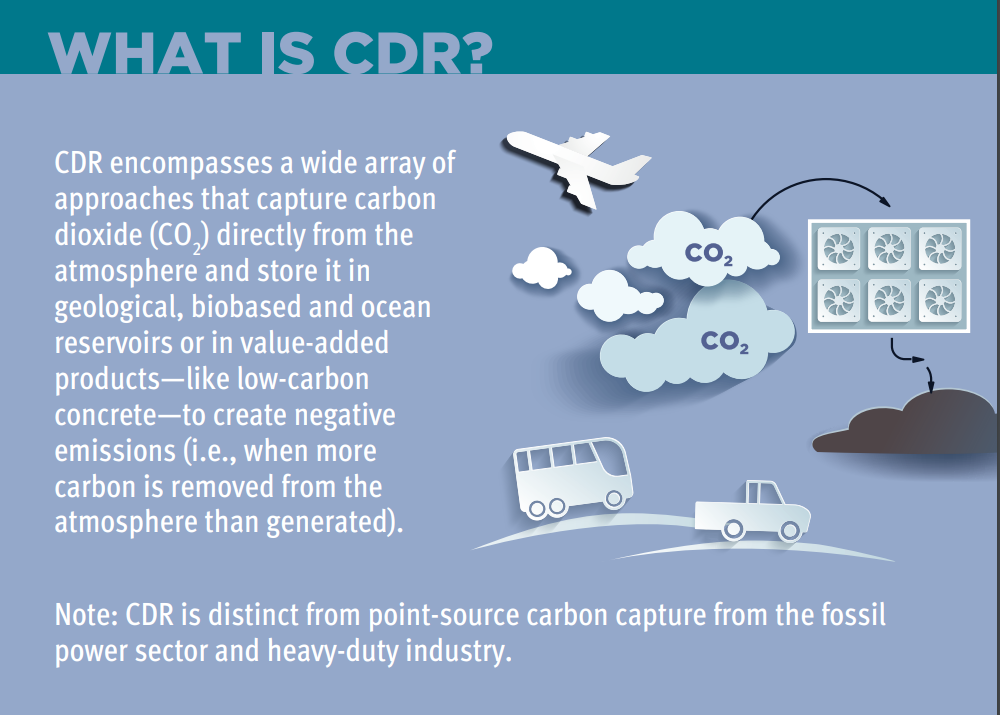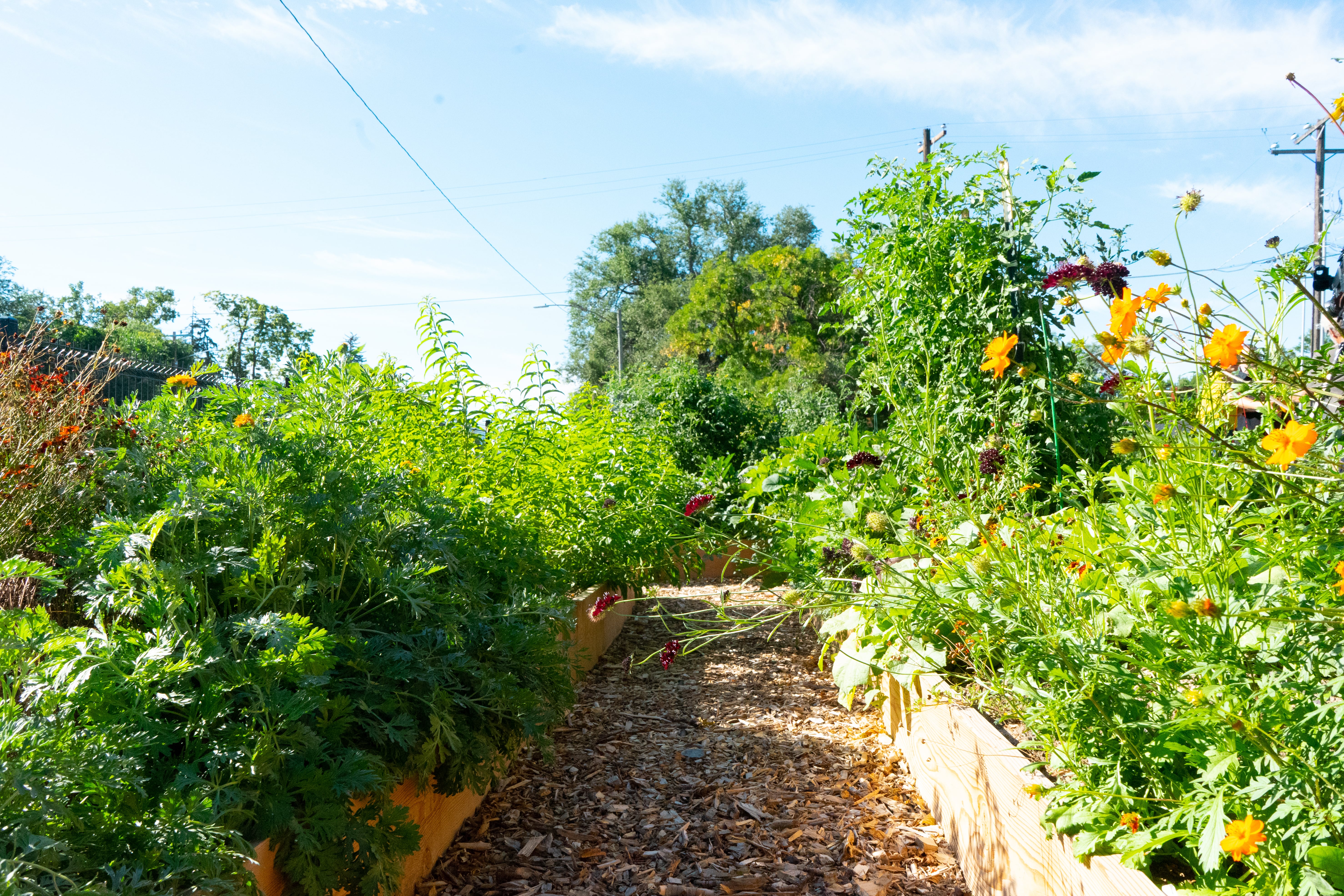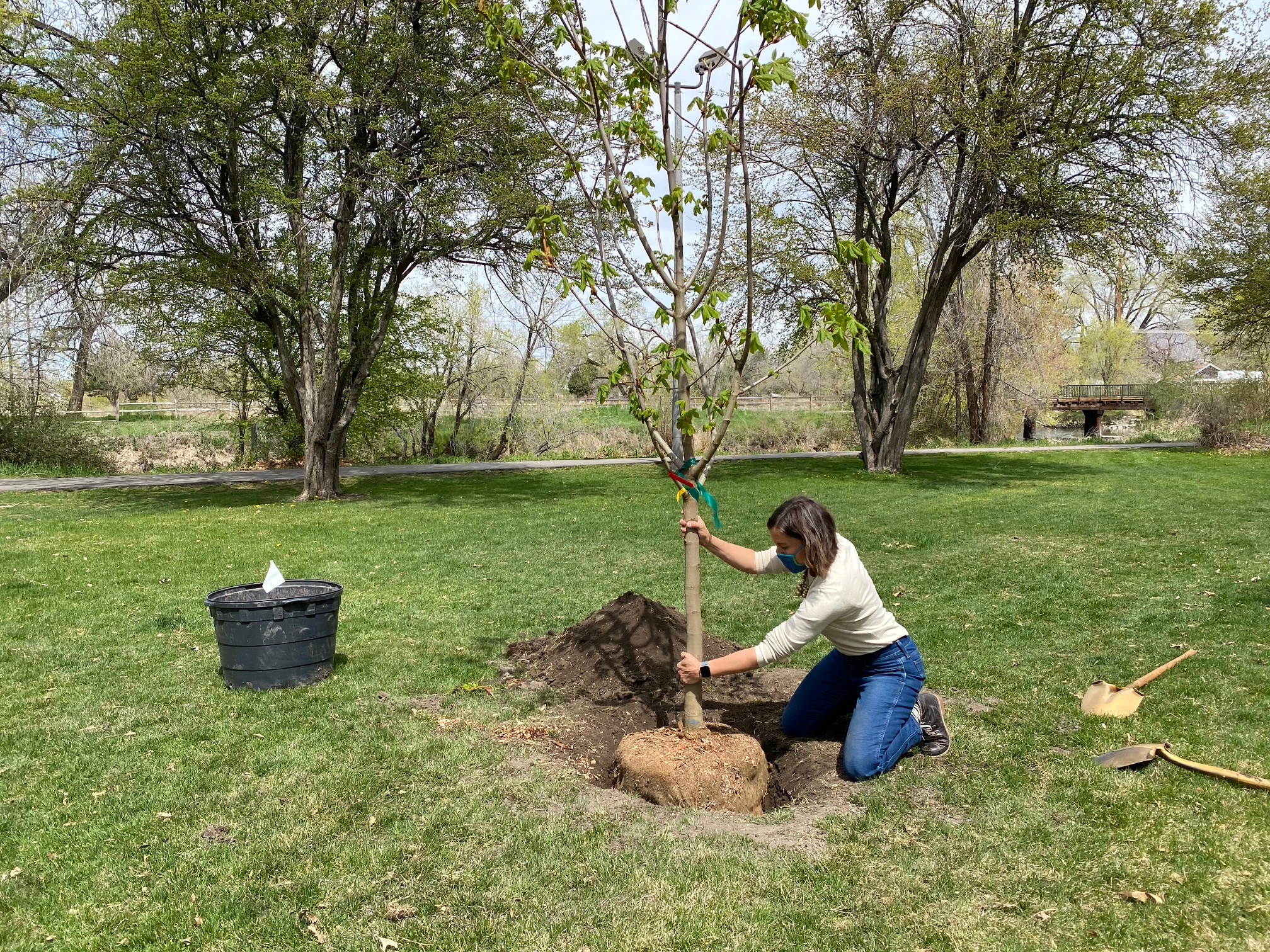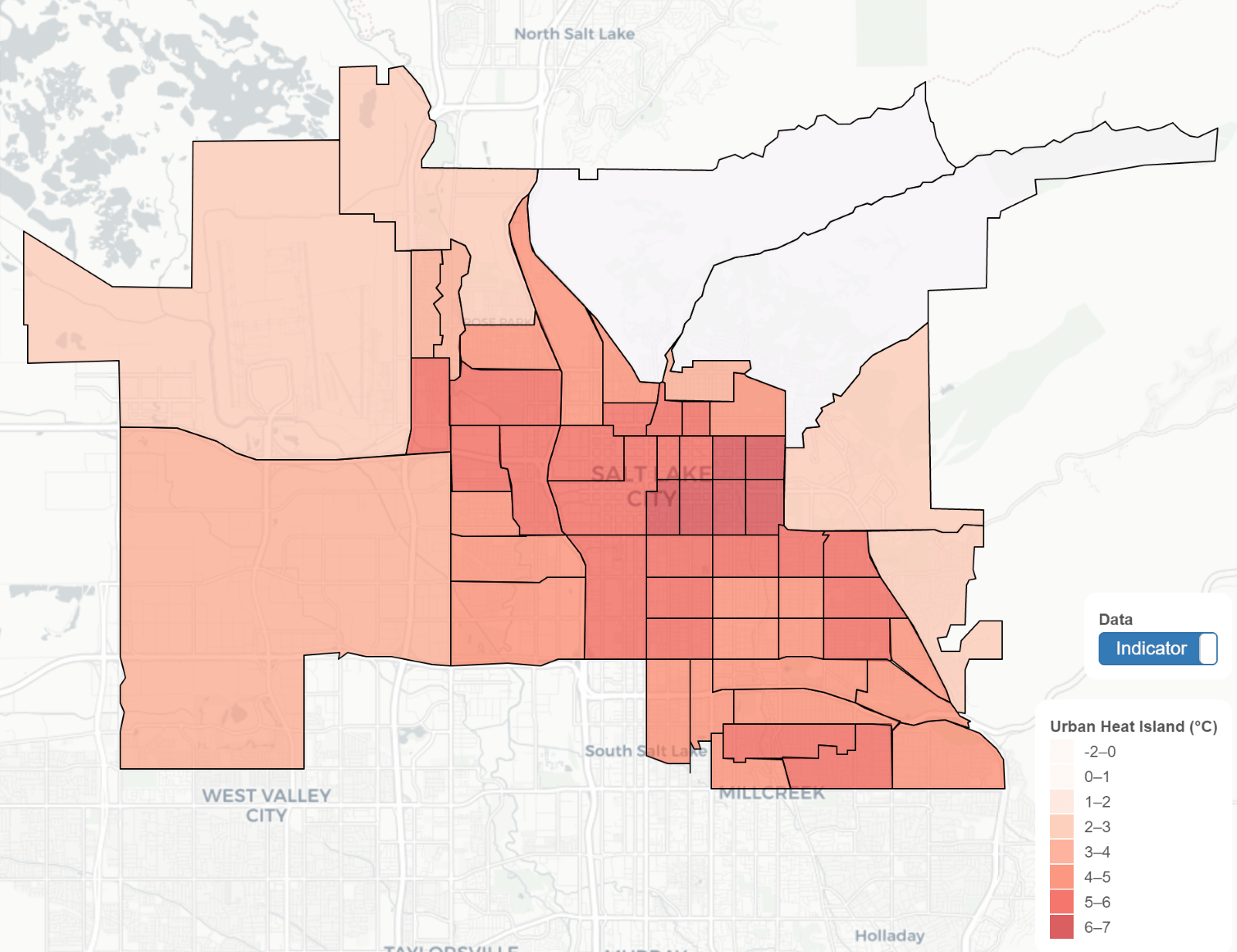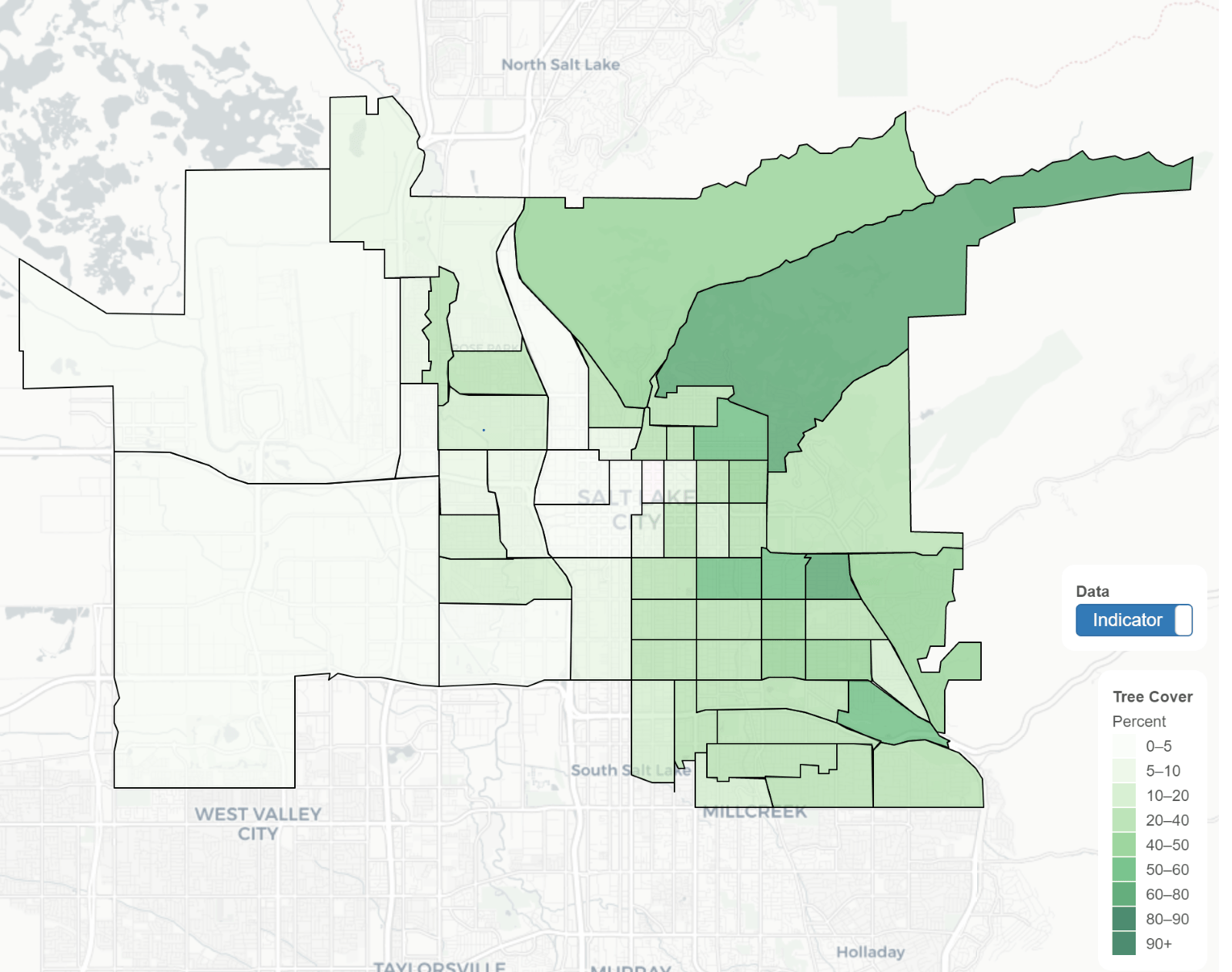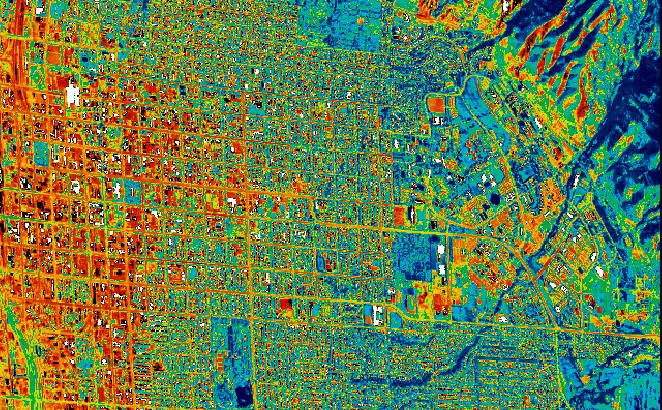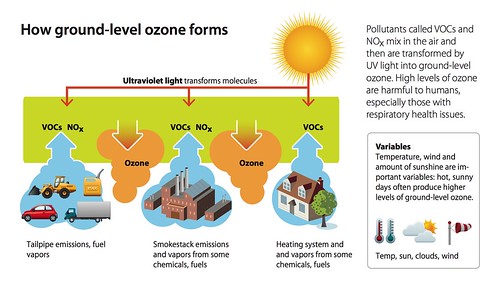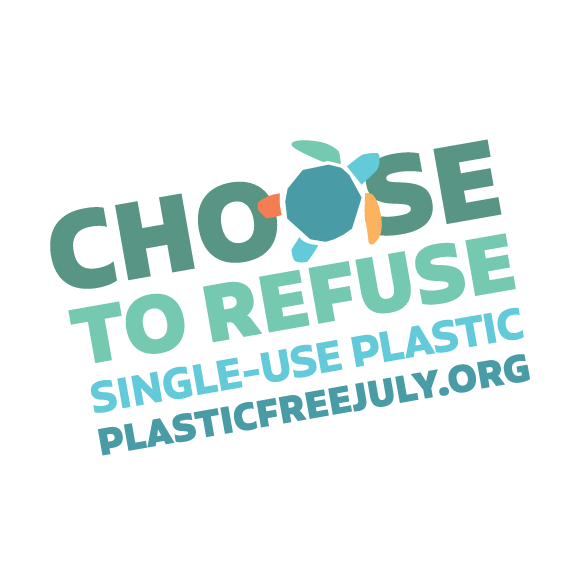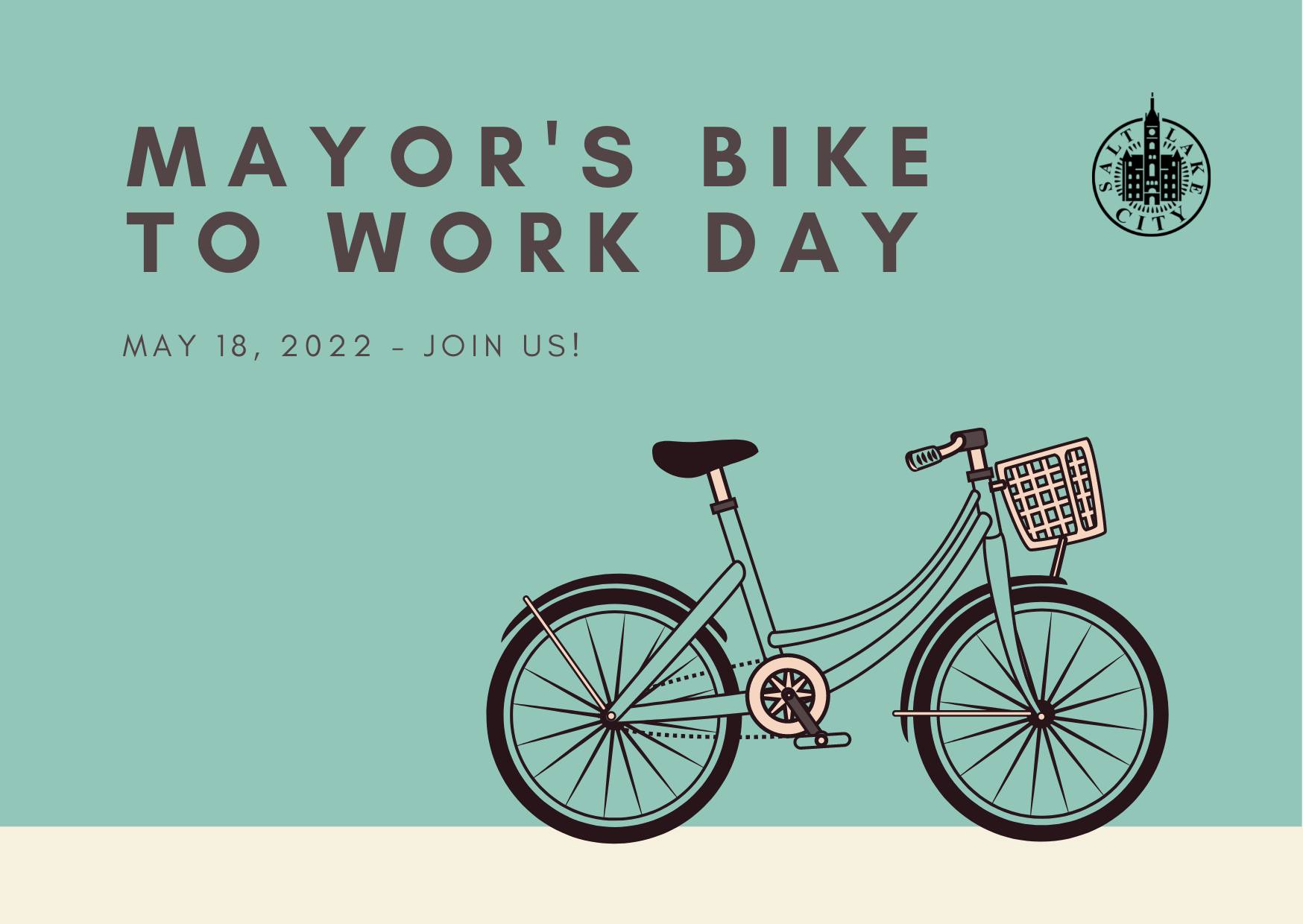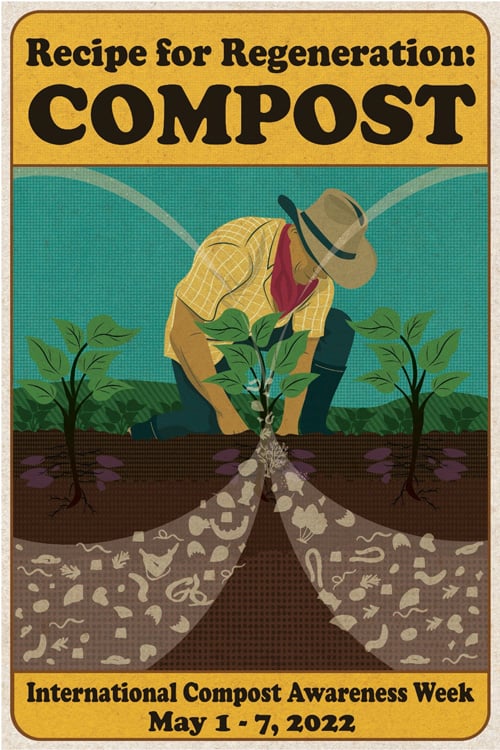November 1 is the official start of inversion season along the Wasatch Front and it certainly feels like winter is settling in around us!
But what exactly is an inversion? This natural phenomenon occurs when a high-pressure system is setting up, trapping cold air on the valley floors with warmer air above it. This warm air also traps all our pollution with the cold air, keeping it contained in the valley until the inversion breaks.
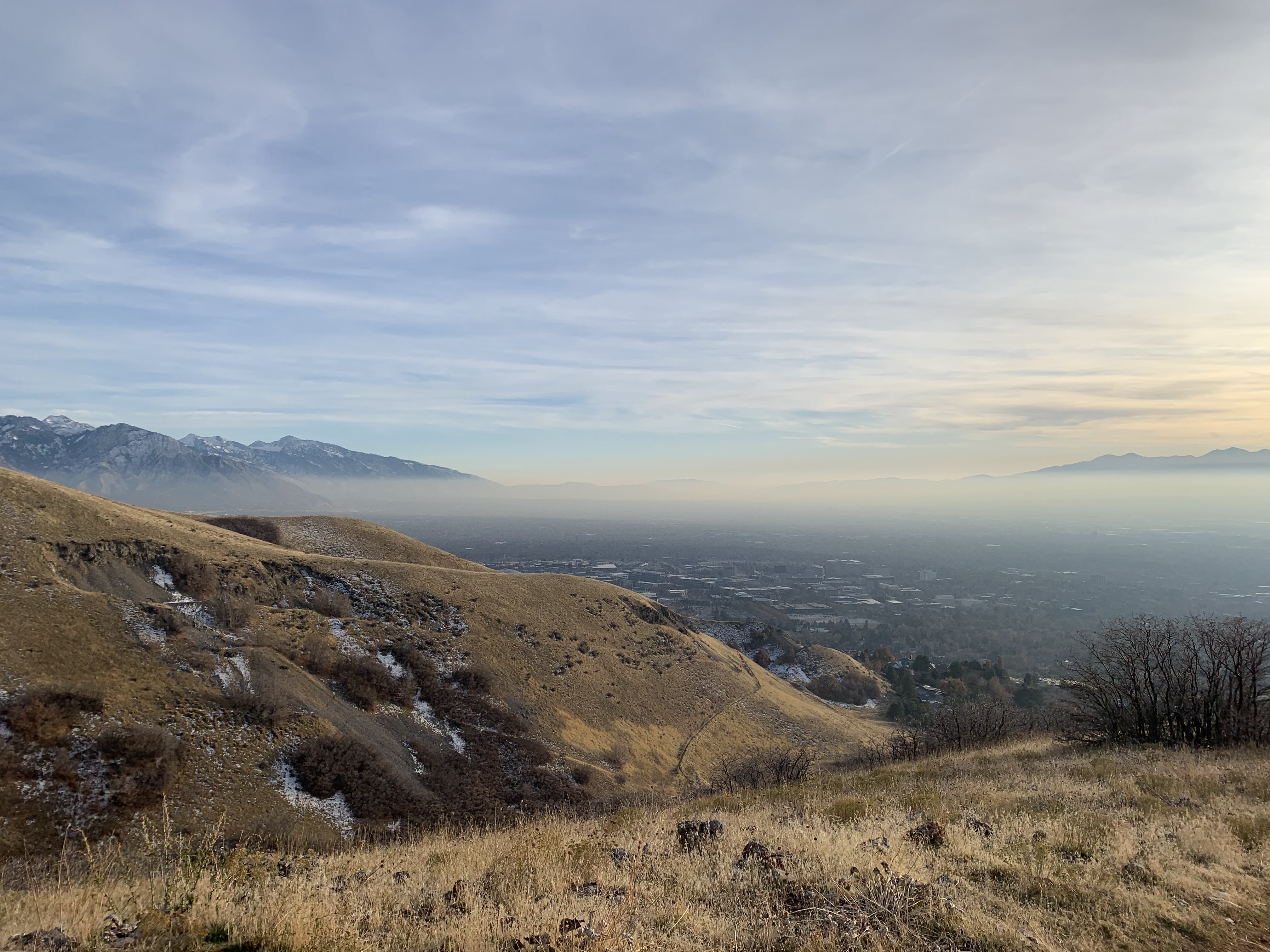
What causes an inversion?
Meteorologists on the news and the Utah Division of Air Quality will warn you in advance before an inversion happens. Here are some signs that you can keep a look out for:
- Calm winds: this reduces the natural mixing of air temperatures.
- Clear skies: this increases the rate of cooling for air close to the ground.
- Long nights allow the cooling of the ground to continue over a longer period of time, resulting in a greater decrease in temperature near the surface.
- The sun is lower on the horizon during the winter, so it supplies less warmth to the earth’s surface and more to the atmosphere.
In Utah, our inversions often occur right after snowstorms due to the increase in cold air near the ground and the clear skies warming up the upper atmosphere and acting as a lid to the cooler air below.
Inversions are meteorological events that are common in mountain/valley geographies with our weather patterns. When you pair inversions with human activity, you often wind up with pollution that sticks around. Here along the Wasatch Front, a significant source of pollution comes from transportation(roughly 50%), as well as our homes and buildings (roughly 35%). That means each of us can make a difference to our air quality.
What can you do?
Continue reading
